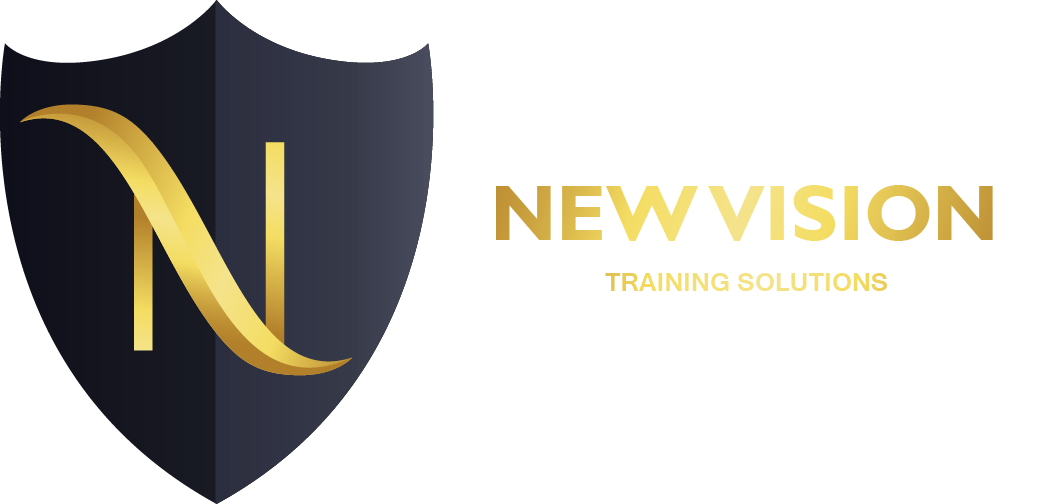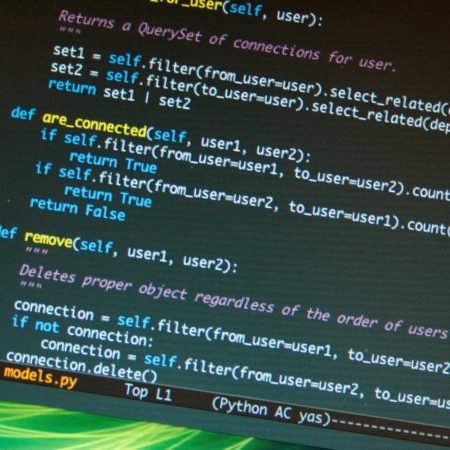Implementing and Administering Cisco Solutions (CCNA) v1.0
What you’ll learn in this course
The Implementing and Administering Cisco Solutions (CCNA) v1.0 course gives you a broad range of fundamental knowledge for all IT careers. Through a combination of lecture, hands-on labs, and self-study, you will learn how to install, operate, configure, and verify basic IPv4 and IPv6 networks. The course covers configuring network components such as switches, routers, and wireless LAN controllers; managing network devices; and identifying basic security threats. The course also gives you a foundation in network programmability, automation, and software-defined networking.
How you’ll benefit
This course will help you:
Learn the knowledge and skills to install, configure, and operate a small- to medium-sized network
Gain a foundation in the essentials of networking, security, and automation
Prepare for the 200-301 CCNA exam, which earns CCNA certification
Who should enroll
This course is designed for anyone seeking CCNA certification. The course also provides foundational knowledge for all support technicians involved in the basic installation, operation, and verification of Cisco networks.
The job roles best suited to the material in this course are:
Entry-level network engineer
Network administrator
Network support technician
Help desk technician
Technology areas
Networking
Security
Automation
Course details
Objectives
Identify the components of a computer network and describe their basic characteristics
Understand the model of host-to-host communication
Describe the features and functions of the Cisco Internetwork Operating System (IOS®) software
Describe LANs and the role of switches within LANs
Describe Ethernet as the network access layer of TCP/IP and describe the operation of switches
Install a switch and perform the initial configuration
Describe the TCP/IP Internet layer, IPv4, its addressing scheme, and subnetting
Describe the TCP/IP Transport layer and Application layer
Explore functions of routing
Implement basic configuration on a Cisco router
Explain host-to-host communications across switches and routers
Identify and resolve common switched network issues and common problems associated with IPv4 addressing
Describe IPv6 main features and addresses, and configure and verify basic IPv6 connectivity
Describe the operation, benefits, and limitations of static routing
Describe, implement, and verify Virtual Local Area Networks (VLANs) and trunks
Describe the application and configuration of inter-VLAN routing
Explain the basics of dynamic routing protocols and describe components and terms of Open Shortest Path First (OSPF)
Explain how Spanning Tree Protocol (STP) and Rapid Spanning Tree Protocol (RSTP) work
Configure link aggregation using EtherChannel
Describe the purpose of Layer 3 redundancy protocols
Describe basic WAN and VPN concepts
Describe the operation of Access Control Lists (ACLs) and their applications in the network
Configure Internet access using Dynamic Host Configuration Protocol (DHCP) clients and explain and configure Network Address Translation (NAT) on Cisco routers
Describe basic Quality of Service (QoS) concepts
Describe the concepts of wireless networks, which types of wireless networks can be built, and how to use Wireless LAN Controllers (WLCs)
Describe network and device architectures and introduce virtualization
Introduce the concept of network programmability and Software-Defined Networking (SDN) and describe smart network management solutions such as Cisco DNA Center™, Software-Defined Access (SD-Access), and Software-Defined Wide Area Network (SD-WAN)
Configure basic IOS system monitoring tools
Describe the management of Cisco devices
Describe the current security threat landscape
Describe threat defense technologies
Implement a basic security configuration of the device management plane
Implement basic steps to harden network devices
Prerequisites
Before taking this course, you should have:
Basic computer literacy
Basic PC operating system navigation skills
Basic Internet usage skills
Basic IP address knowledge
There are no formal prerequisites for CCNA certification, but you should make sure to have a good understanding of the exam topics.
Lab outline
Get Started with Cisco Command-Line Interface (CLI)
Observe How a Switch Operates
Perform Basic Switch Configuration
Implement the Initial Switch Configuration
Inspect TCP/IP Applications
Configure an Interface on a Cisco Router
Configure and Verify Layer 2 Discovery Protocols
Implement an Initial Router Configuration
Configure Default Gateway
Explore Packet Forwarding
Troubleshoot Switch Media and Port Issues
Troubleshoot Port Duplex Issues
Configure Basic IPv6 Connectivity
Configure and Verify IPv4 Static Routes
Configure IPv6 Static Routes
Implement IPv4 Static Routing
Implement IPv6 Static Routing
Configure VLAN and Trunk
Troubleshoot VLANs and Trunk
Configure a Router on a Stick
Implement Multiple VLANs and Basic Routing Between the VLANs
Configure and Verify Single-Area OSPF
Configure and Verify EtherChannel
Improve Redundant Switched Topologies with EtherChannel
Configure and Verify IPv4 ACLs
Implement Numbered and Named IPv4 ACLs
Configure a Provider-Assigned IPv4 Address
Configure Static NAT
Configure Dynamic NAT and Port Address Translation (PAT)
Implement PAT
Log into the WLC
Monitor the WLC
Configure a Dynamic (VLAN) Interface
Configure a DHCP Scope
Configure a WLAN
Define a Remote Access Dial-In User Service (RADIUS) Server
Explore Management Options
Explore the Cisco DNA™ Center
Configure and Verify NTP
Configure System Message Logging
Create the Cisco IOS Image Backup
Upgrade Cisco IOS Image
Configure WLAN Using Wi-Fi Protected Access 2 (WPA2) Pre-Shared Key (PSK) Using the GUI
Secure Console and Remote Access
Enable and Limit Remote Access Connectivity
Secure Device Administrative Access
Configure and Verify Port Security
Implement Device Hardening
Course Features
- Lectures 2
- Quizzes 0
- Duration 80 Hours
- Skill level Associate
- Language English - Arabic
- Students 11
- Assessments Yes
-
Identify the components of a computer network and describe their basic characteristics
-
Understand the model of host-to-host communication
-
Describe the features and functions of the Cisco Internetwork Operating System (IOS®) software
-
Describe LANs and the role of switches within LANs
-
Describe Ethernet as the network access layer of TCP/IP and describe the operation of switches
-
Install a switch and perform the initial configuration
-
Describe the TCP/IP Internet layer, IPv4, its addressing scheme, and subnetting
-
Describe the TCP/IP Transport layer and Application layer
-
Explore functions of routing
-
Implement basic configuration on a Cisco router
-
Explain host-to-host communications across switches and routers
-
Identify and resolve common switched network issues and common problems associated with IPv4 addressing
-
Describe IPv6 main features and addresses, and configure and verify basic IPv6 connectivity
-
Describe the operation, benefits, and limitations of static routing
-
Describe, implement, and verify Virtual Local Area Networks (VLANs) and trunks
-
Describe the application and configuration of inter-VLAN routing
-
Explain the basics of dynamic routing protocols and describe components and terms of Open Shortest Path First (OSPF)
-
Explain how Spanning Tree Protocol (STP) and Rapid Spanning Tree Protocol (RSTP) work
-
Configure link aggregation using EtherChannel
-
Describe the purpose of Layer 3 redundancy protocols
-
Describe basic WAN and VPN concepts
-
Describe the operation of Access Control Lists (ACLs) and their applications in the network
-
Configure Internet access using Dynamic Host Configuration Protocol (DHCP) clients and explain and configure Network Address Translation (NAT) on Cisco routers
-
Describe basic Quality of Service (QoS) concepts
-
Describe the concepts of wireless networks, which types of wireless networks can be built, and how to use Wireless LAN Controllers (WLCs)
-
Describe network and device architectures and introduce virtualization
-
Introduce the concept of network programmability and Software-Defined Networking (SDN) and describe smart network management solutions such as Cisco DNA Center™, Software-Defined Access (SD-Access), and Software-Defined Wide Area Network (SD-WAN)
-
Configure basic IOS system monitoring tools
-
Describe the management of Cisco devices
-
Describe the current security threat landscape
-
Describe threat defense technologies
-
Implement a basic security configuration of the device management plane
-
Implement basic steps to harden network devices





